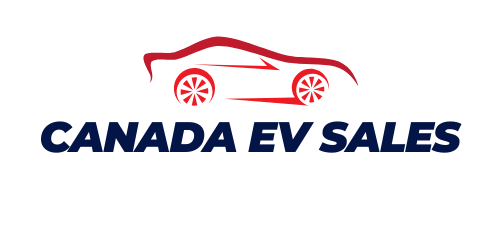The first step in buying a sewing machine is to research the features and functions you want. This will enable you to get the most out of your sewing experience regardless of what type of sewing machine it is.
Presser foot
There are several types of presser feet. These include:
Spirograph Foot: This foot enables perfect circle stitching. Its uneven surface helps gather fabric as it sews. To help align the stitching, the metal bar can be detached.
Clear Presser Foot: This is an excellent tool for sewing heavy fabrics. It is especially useful for applique and embroidery.
Walking Foot: A walking shoe has a large space for sewing. This allows for large decorative stitches and the ability to follow a pattern. Look out for the best sewing and embroidery machine.
Overcasting Foot: An overcasting foot finishes the raw edge of your fabric. The bar in the centre of the foot wraps the thread around the edge of the fabric. To create a different effect, the stitch can be of different lengths.
Button Foot: A button foot allows you to sew a button on practically any garment. A majority of machines have a 4-step buttonhole sewing procedure. You set the width of the stitch by adjusting the gap between the holes.
Zigzag Foot – Another useful foot for your machine is the zigzag stitch. It is a two or three-step stitch that can catch multiple cords.
Needle bar
A needle bar guide is a device that prevents the needle thread from slipping off of sewing machines. The guide can be used in various sewing machines. This guide is mounted on the lower end of the needle bar.
This device can do many different types of stitches. Among them, lockstitch and top-feed stitch are common. It can also be used to sew special fabrics.
The needle bar guide 70 includes a threading mechanism 76. It is sickle-like, curved and formed at its distal end. It has a length, which is predetermined. During operation, it switches from a standby position to a threading position. Hence, it is capable of catching the needle thread 10.
The upper fall-off preventing member 27 is provided on the upper side of the needle bar thread guide 18. The lower fall-off preventing member is provided near spaces over and below the introducing portion. A predetermined gap t exists between the upper and lower fall-off preventing member.
Needle clamp
A needle clamp is an important part of a sewing machine. If the clamp is not working properly, your needle could fall out and make it difficult to sew. Installing a needle clamp is easy. However, you must make sure you have the right parts.
The needle clamp consists of a cylinder and a needle accommodate seat. The cylinder is a rectangular shape with a screw-threaded aperture at one end. This hole is designed to receive the needle rod, later on.
It also has a pin attached that holds the needle in its place while you sew. In order to attach the assembly, you need a flat head screwdriver.
The most important component of any sewing machine is the needle clamp. You can purchase a needle clamp individually, but you might prefer a complete kit. There are many options, but you need to make sure that you choose the right size and type.
A smaller set screw will be included with a needle clamp kit. This will allow the clamp to stay together. This should not be tightened too tightly as it could cause damage to the body.
Take-up lever
A take-up lever, which is found on a sewing machine, raises or lowers the needle. It helps with the stitching process, which ensures a smooth seam.
The take-up lever must be in the up position when you start a sewing project. This ensures that the thread is properly slid into the spool, which prevents a bunching of the stitches.
The lever is also a great place to check the tension of the bobbin. If there is not enough tension, the bobbin will unwind without any resistance. Changing the thread size or length can fix the problem.
Some machines have a slot on the take-up lever, which allows the thread to slide over. It is useful but can cause problems in certain situations.
To avoid thread clogging, remove all debris and scraps. You can use tweezers to remove any bits of fabric.
Sewing machine owners should always carry spare parts with them. They should know where the take up lever is located and how to replace it. Also, be sure to clean the spool gear. It might be a good idea occasionally to replace the spool drive with a new one.
Face plate
A faceplate is a metal plate that covers a sewing machine’s take up lever. It protects the thread take-up mechanism.
The take up lever is a metal plate with a hook-shaped shape that moves the thread in the sewing machines. It is mounted on the presser rod, which is a heavy fork-shaped metal rod. It can also be connected to the flywheel via a belt.
The sewing needle is located in front of the presserbar. It extends through the throat plate 22, through an orifice. From there, it extends through the bed 12. The upper thread runs to the platform 38. There are two threads. These threads are the bobbin or upper threads.
A cutting blade is located on the inner surface of the face plate. This blade is canted so the cutting edge is in the corner.
